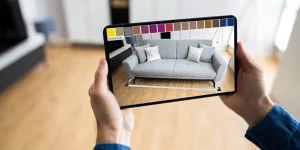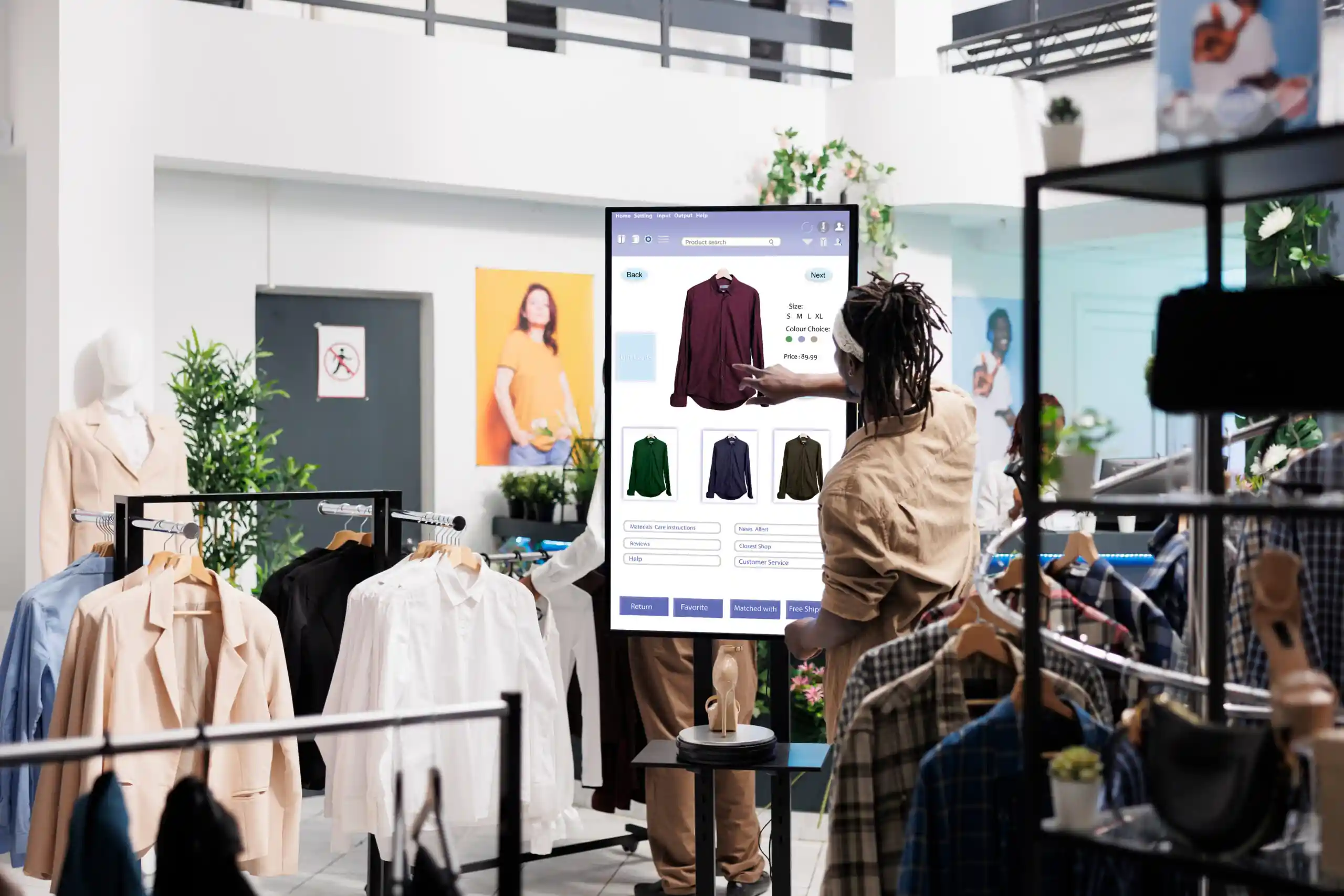In growing urban landscapes, creating engaging showroom experiences is crucial. Success hinges on blending technology seamlessly into the urban environment while prioritizing sustainability and community engagement. Understanding urban dynamics and embracing human-centric design is key. By overcoming obstacles, designers can craft immersive experiences that resonate with city dwellers. But what defines a truly interactive showroom experience tips, and how can its success be measured?
Key Takeaways
- Incorporate immersive technologies like VR and AR to create engaging, interactive experiences that simulate urban environments and encourage community participation.
- Balance human-centric design principles with sustainable urban infrastructure to foster a sense of ownership and responsibility among urbanites.
• Use interactive storytelling and multimedia elements to visualize cities of the future, promoting community engagement and encouraging citizen participation. - Integrate data-driven KPIs to measure the success of interactive showrooms, tracking involvement rates, lead generation, and customer satisfaction.
- Incorporate realistic simulations and immersive environments to provide users with a deep understanding of urban dynamics and the impact of urban planning decisions.
Urban Challenges in Showroom Design
What are the primary obstacles that urban planners and designers face when creating immersive and engaging interactive showroom experiences in modern cities? One major hurdle is integrating technology seamlessly into existing urban infrastructure while balancing the need for sustainability and community engagement. Effective solutions require a deep understanding of urban dynamics and human-centric design principles.
Interactive Storytelling in Showrooms
Through the strategic integration of multimedia elements, interactive storytelling in showrooms can transform the urban design experience, allowing citizens to visualize and co-create the cities of tomorrow. This immersive approach promotes a sense of community and ownership, empowering individuals to contribute to the city’s evolution. Interactive showroom experience tips include utilizing gamification, data visualization, and real-time feedback to create an engaging narrative.
Measuring Success in Interactive Showrooms
In urban planning and development, the ultimate benchmark of a successful interactive showroom lies in its ability to translate immersive experiences into tangible, data-driven results. Key performance indicators (KPIs) such as involvement rates, lead generation, and customer satisfaction surveys help measure the showroom’s impact on urban planning decisions and community involvement, ensuring a truly interactive showroom experience tips-driven urban development.

Frequently Asked Questions
How Can I Ensure Consistent Branding Across Multiple Showroom Locations?
To guarantee consistent branding across multiple showroom locations, create a centralized brand guidelines document and appoint a brand ambassador to oversee visual identity, messaging, and customer experience standards.
What Is the Ideal Ratio of Digital to Physical Interactive Elements?
For an ideal interactive showroom experience, strike a balance between digital and physical elements, aiming for a 60:40 ratio, where digital components enrich physical exhibits, promoting engagement and immersion.
Can Interactive Showrooms Be Adapted for Temporary or Pop-Up Events?
Certainly, interactive showrooms can be adapted for temporary or pop-up events, utilizing modular designs, lightweight materials, and state-of-the-art technology to create immersive experiences that engage and inspire attendees in any setting.’
How Do I Balance Interactive Technology With Traditional Sales Approaches?
To balance interactive technology with traditional sales approaches, harmonize digital engagement tools with human-centered sales strategies, encouraging a seamless customer experience that utilizes the strengths of both, ultimately driving meaningful connections and conversions.
What Is the Typical ROI for Investing in an Interactive Showroom Experience?
The typical Return on Investment (ROI) for investing in an interactive showroom experience varies, but a well-designed experience can yield a 20-30% increase in sales, with some cases reaching up to 50% or more, depending on the industry and implementation.
Conclusion
In summary, effective interactive showrooms in urban environments require a harmonious blend of cutting-edge technology, human-centric design, and community engagement. By utilizing immersive storytelling and virtual reality experiences, designers can co-create forward-thinking urban spaces that promote community ownership and drive meaningful interactions. Ultimately, data-driven results and customer satisfaction metrics will determine the success of these experiential hubs, shaping the future of urban development and community engagement.
You May Also Like:









